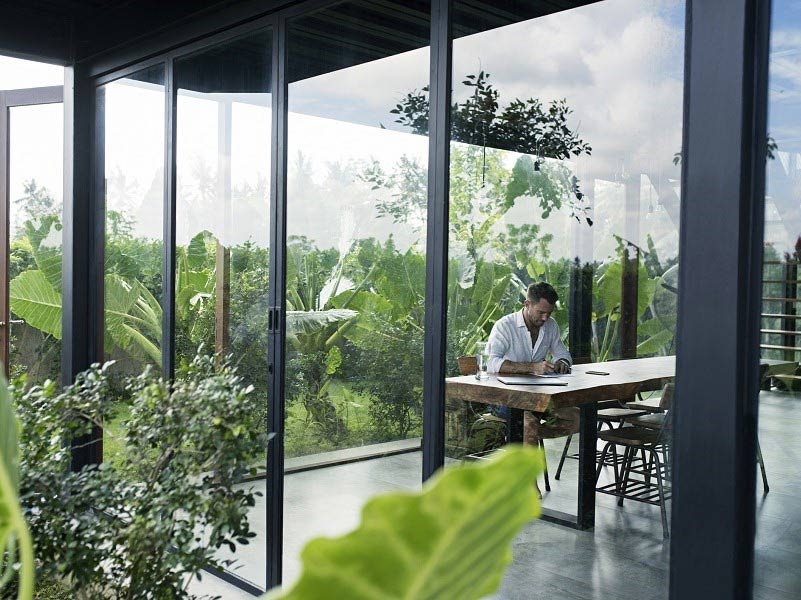Emotional design is a powerful concept that goes beyond simply creating visually appealing spaces. It delves into the realm of human emotions, tapping into the subconscious to evoke specific feelings and reactions. Spaces that are thoughtfully designed with emotional impact in mind have the ability to make us feel a range of emotions – from joy and serenity to excitement and nostalgia. These spaces become more than just physical environments; they become a journey for the soul.

The Elements of Emotional Design
Emotional design encompasses various elements that work together to create a harmonious and impactful space. These elements include:
- Color: Color has a profound effect on our emotions. Warm tones like red and orange can evoke feelings of energy and passion, while cool tones like blue and green can create a sense of calm and relaxation.
- Lighting: The play of light and shadow can greatly influence the mood of a space. Soft, diffused lighting can create a cozy and intimate atmosphere, while bright, natural light can uplift and energize.
- Texture: The tactile quality of materials can evoke different emotions. Smooth surfaces can feel sleek and modern, while rough textures can add a sense of warmth and character.
- Layout: The arrangement of furniture and decor can impact how we navigate and experience a space. An open layout can promote a sense of freedom and expansiveness, while a cozy nook can provide a feeling of security and comfort.
Creating Emotional Connections
Spaces that are designed with emotional intent have the power to create deep connections with their occupants. Whether it’s a cozy corner where one can unwind after a long day or a vibrant communal area that fosters a sense of community, emotional design can enhance our overall well-being and quality of life.
When we enter a space that resonates with us on an emotional level, we feel a sense of belonging and connection. This could be a cafe with a cozy ambiance that feels like a home away from home or a serene garden that offers a peaceful retreat from the hustle and bustle of everyday life. These spaces have the ability to uplift our spirits, calm our minds, and inspire our creativity.
The Impact of Emotional Design
Emotional design is not just about aesthetics; it’s about creating meaningful experiences that leave a lasting impression. When we design spaces with intention and thoughtfulness, we have the power to shape the way people feel and interact with their environment.
Spaces that make us feel a range of emotions have the potential to enhance our emotional well-being and overall happiness. They have the ability to evoke memories, spark inspiration, and foster a sense of connection with others. Emotional design is a powerful tool that can transform spaces into transformative experiences that touch the heart and soul.
In conclusion, emotional design is a key element in creating spaces that have a lasting impact on our well-being and happiness. By incorporating elements that evoke specific emotions, we can craft environments that resonate with our deepest feelings and desires. The art of emotional design lies in the ability to create spaces that not only look beautiful but also make us feel truly alive.

